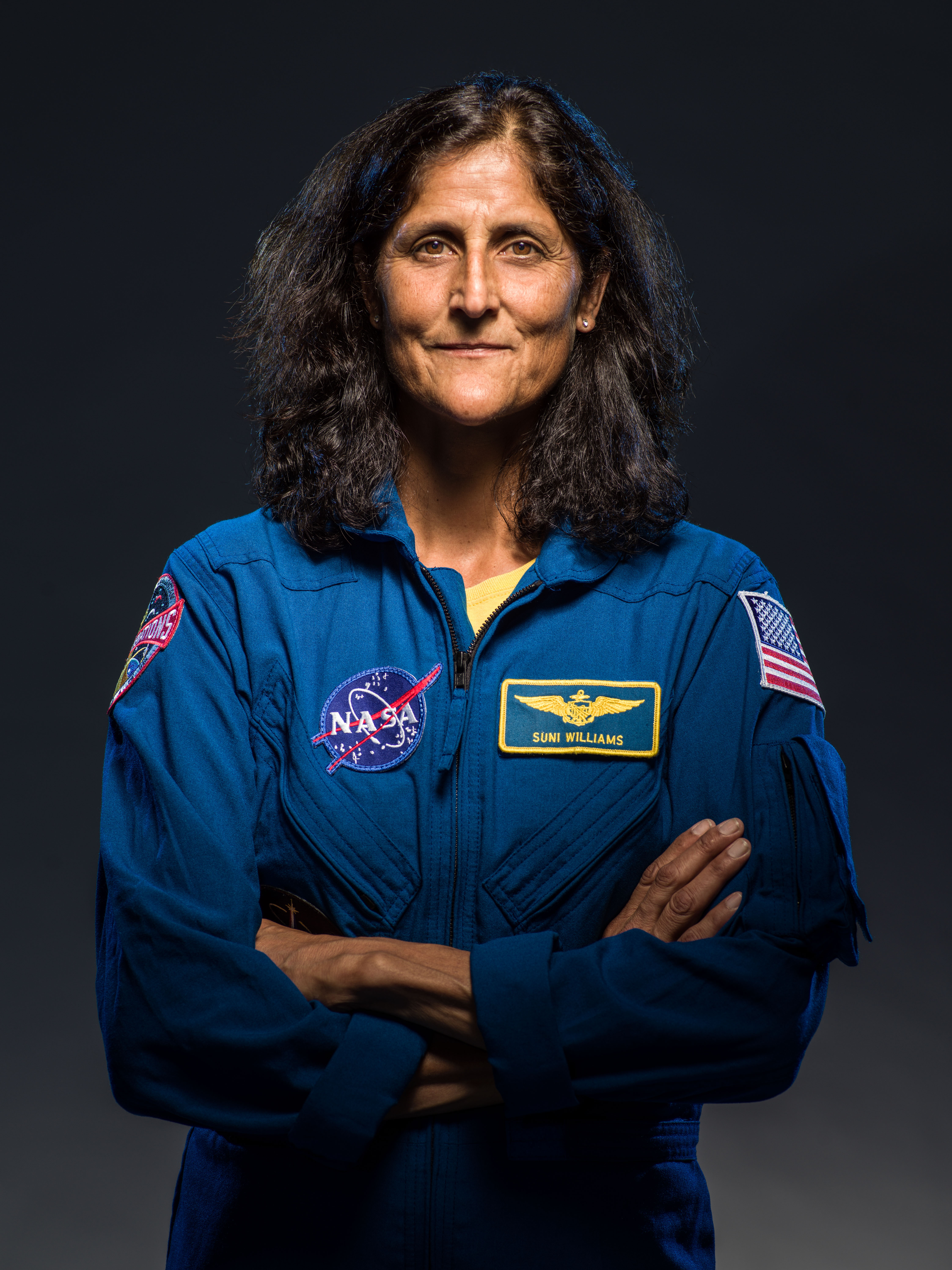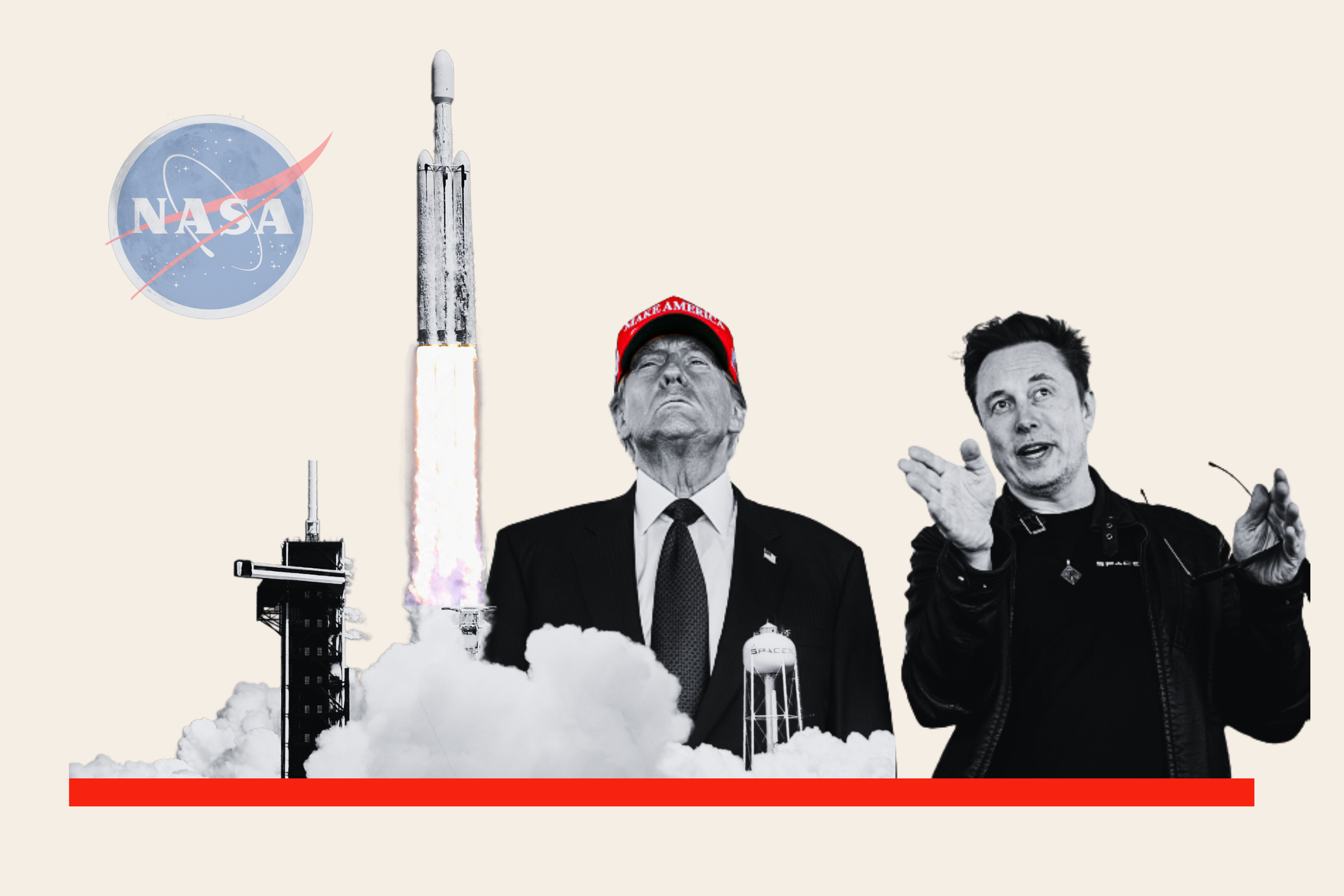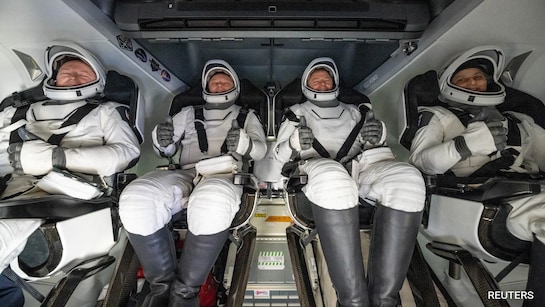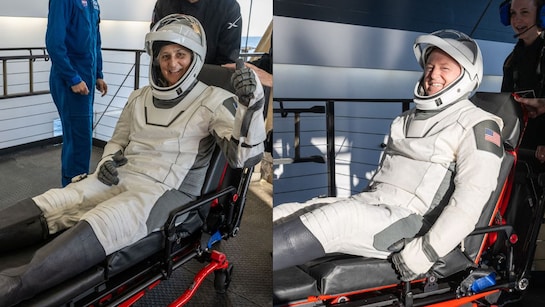Introduction
Sunita Williams, a distinguished NASA astronaut, recently returned to Earth after an unplanned nine-month mission aboard the International Space Station (ISS). This extended stay was marked by technical challenges, political discourse, and remarkable resilience. To fully appreciate the significance of her latest mission, it’s essential to delve into her illustrious career, the circumstances leading to the prolonged mission, the technological aspects of the spacecraft involved, the political backdrop, the return process, and the subsequent isolation period.
Sunita Williams: A Stellar Career
Born on September 19, 1965, in Euclid, Ohio, Sunita Lyn Williams (née Pandya) has carved an exceptional path in space exploration. She graduated from the U.S. Naval Academy in 1987 and earned a master’s degree in engineering management from the Florida Institute of Technology in 1995. Her naval career included roles as a helicopter pilot and test pilot, accumulating over 2,770 flight hours across more than 30 different aircraft. In 1998, Williams was selected as a NASA astronaut, embarking on a journey that would see her set records and inspire many.

Her first spaceflight was in December 2006 aboard the Space Shuttle Discovery (STS-116), where she served as a flight engineer for Expeditions 14 and 15 on the ISS. During this mission, she conducted four spacewalks totaling over 29 hours, setting a record for female astronauts at the time. She also participated in the Boston Marathon from space, running 42.2 kilometers on the station’s treadmill. Her second mission commenced in July 2012, where she served as a flight engineer for Expedition 32 and commander for Expedition 33, conducting three more spacewalks and completing a triathlon in orbit.

Beyond her space missions, Williams played a crucial role in mentoring new astronauts, contributing to NASA’s research, and engaging in public outreach to promote space exploration. Her experience and expertise have made her one of the most respected figures in modern spaceflight.
The 2024 Mission:
Unexpected Challenges
In June 2024, Williams, alongside fellow astronaut Barry “Butch” Wilmore, embarked on the Boeing Crew Flight Test (Boe-CFT), the first crewed mission of Boeing’s Starliner capsule. The mission was intended to be an eight-day test flight to the ISS. However, as the spacecraft approached the station, multiple thrusters malfunctioned, raising concerns about the capsule’s ability to safely return the crew to Earth.
The astronauts, originally expected to complete their mission in just over a week, found themselves indefinitely stranded due to the inability of the spacecraft to ensure a safe re-entry. Given the severity of the propulsion issues, NASA deemed it too risky for Williams and Wilmore to return aboard the Starliner. Consequently, the spacecraft was sent back uncrewed in September 2024, leaving the astronauts to remain on the ISS until an alternative return plan could be formulated.
While the astronauts were initially prepared for an extended stay, they were not anticipating the mission to last nearly nine months. This period required them to adapt not only physically but also mentally, reinforcing their endurance and ability to work under unpredictable conditions.
Technological Aspects and Crew Dynamics
The Boeing Starliner, developed under NASA’s Commercial Crew Program, was designed to transport astronauts to and from the ISS, providing an alternative to SpaceX’s Crew Dragon. The Starliner faced several technical challenges during its development, including software issues and, in this mission, propulsion system failures. These setbacks highlighted the complexities of developing new crewed spacecraft and underscored the importance of rigorous testing.

During their extended stay, Williams and Wilmore integrated into the existing ISS crew, participating in various scientific experiments, maintenance tasks, and spacewalks. Their extensive experience as test pilots and previous space missions equipped them to adapt to the prolonged duration, maintaining operational efficiency and morale aboard the station.
Moreover, this period served as an unintentional experiment in long-duration space habitation. Scientists were able to observe how astronauts adapted to prolonged microgravity conditions, offering valuable insights into potential future missions to Mars or other deep-space destinations. Williams played a crucial role in contributing to studies related to bone density loss, muscle atrophy, and the psychological effects of prolonged isolation.
Political Discourse and Public Perception
The unexpected extension of Williams and Wilmore’s mission became a focal point in political discussions. President Donald Trump and SpaceX CEO Elon Musk criticized the handling of the situation, suggesting that the astronauts were abandoned due to political reasons. These claims were refuted by NASA officials and the astronauts themselves, who emphasized that their extended stay was a result of technical challenges and safety considerations, not political neglect.
Public interest in the astronauts’ plight was significant, with widespread media coverage and support from various communities. In India, Williams’ ancestral village of Jhulasan celebrated her safe return, reflecting the global resonance of her journey. Many space enthusiasts and scientists also saw the mission as a test of astronaut endurance and adaptability, reinforcing the importance of safety over schedule in spaceflight operations.
The Return Journey:
Steps and Moments
After months of planning, NASA arranged for Williams and Wilmore to return aboard SpaceX’s Crew-9 mission. On March 18, 2025, they, along with NASA astronaut Nick Hague and Russian cosmonaut Aleksandr Gorbunov, departed the ISS aboard the Crew Dragon capsule “Freedom.” The spacecraft successfully splashed down off the coast of Florida, where recovery teams assisted the astronauts upon landing.

The re-entry process was carefully monitored, with multiple backup plans in place to ensure a safe landing. The moment the capsule touched the water, there was an outpouring of relief and celebration from the space community, marking the successful conclusion of one of the most extended and unexpected missions in recent NASA history.
Post-Return:
Rehabilitation and Isolation
Following their return, Williams and Wilmore commenced a standard 45-day rehabilitation program to readjust to Earth’s gravity. Extended periods in microgravity can lead to muscle atrophy, bone density loss, and cardiovascular changes. The rehabilitation process includes physical therapy, medical evaluations, and monitored exercise regimens to ensure a safe and effective recovery.
Conclusion
Sunita Williams’ recent mission underscores the inherent challenges and unpredictabilities of human space exploration. Her resilience, professionalism, and dedication serve as an inspiration, highlighting the collaborative efforts required to overcome obstacles in the pursuit of scientific advancement.
The lessons learned from this extended mission will play a pivotal role in shaping the future of crewed spaceflight. Williams’ journey serves as a testament to the adaptability and perseverance required for deep-space missions. As humanity prepares to venture beyond Earth, the contributions of astronauts like Sunita Williams will be instrumental in shaping the next era of space exploration.
(Click notification ![]() for more updates)
for more updates)
Artical was written by V.Harishram
''Stay true, bring facts to you''

